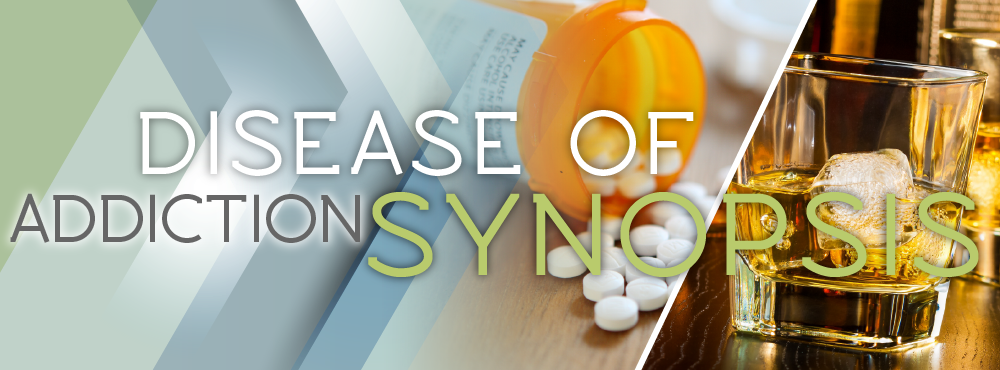The Disease of Addiction

Synopsis
In 1956, the American Medical Association (AMA) recognized alcoholism as a primary disease. Ten years later, the AMA further widened their recognition to include other psychoactive chemicals (e.g., opioids, cocaine, etc.). Their definition for psychoactive chemical dependency (aka: addiction) includes: “chronic, progressive diseases characterized by significant impairment that is directly associated with persistent and excessive use of psychoactive substances. Impairment may involve physiological, psychological, or social dysfunction.”
Research into the neurochemical basis of addiction points to the dysfunction of one or more of six major neurotransmitter types as being the basis of the symptoms of addiction, withdrawal, and drug cravings. Studies have shown strong genetic predisposition to some types of chemical dependency regardless of social environment. Other factors include nature vs. nurture and exposure to, or being directly affected by trauma.
